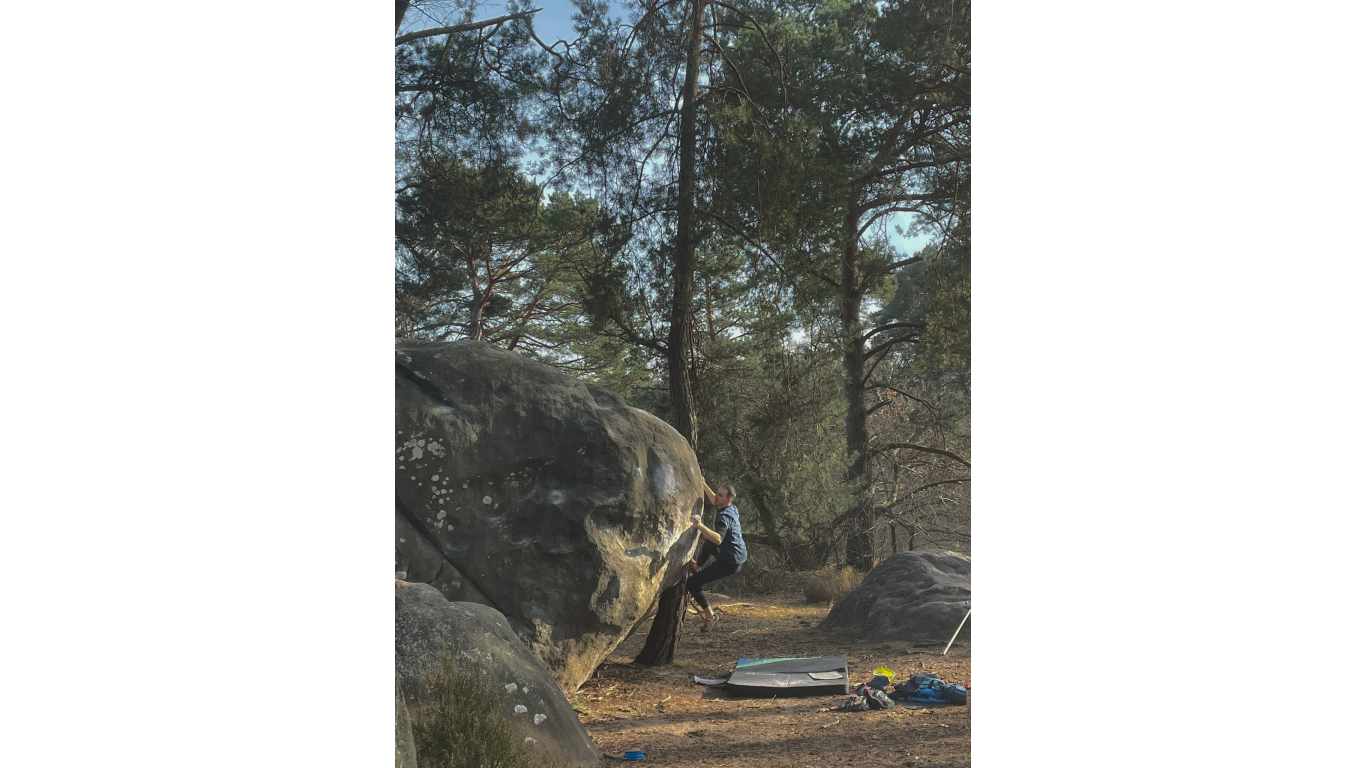Climbing Challenges in Tech and Life: Paweł’s 10-Year Dev Journey
With a decade of experience in the software industry, Paweł has seen it all – from working with complex legacy systems to implementing modern authentication methods like passkeys. In this interview, he shares insights on technical challenges like payment integration, finding purpose in software projects, and how climbing (literally) changes his everyday life.
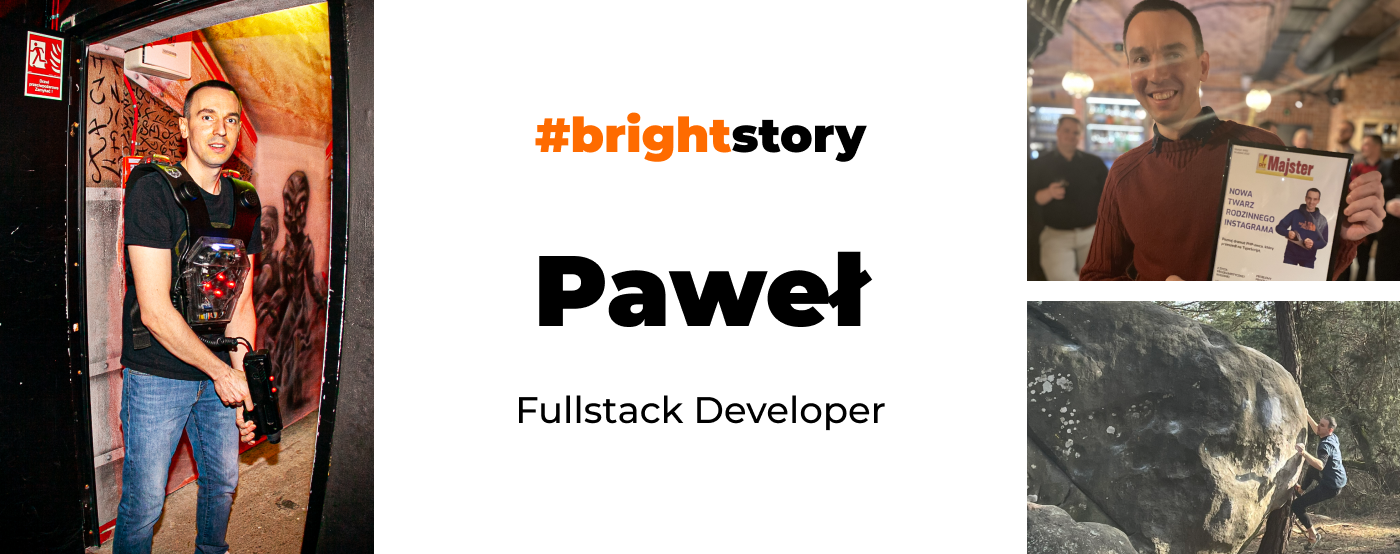
You’ve been in the industry for 10 years now – what have been the biggest challenges along the way?
One of the biggest challenges has definitely been working with legacy systems, especially when the code wasn’t written by me or anyone from my current team. Unfortunately, in some cases, the code I had to work with wasn’t written with future maintenance in mind.
Sometimes, you get the opportunity to rewrite it. But in many cases, you have to maintain it as it is. That’s when you focus on optimizing certain parts, adding tests, and simply trying to leave the code in a better state than you found it.
Reading code is usually the most time-consuming part of a developer's work, and with legacy systems, it often feels like solving a puzzle without all the pieces.
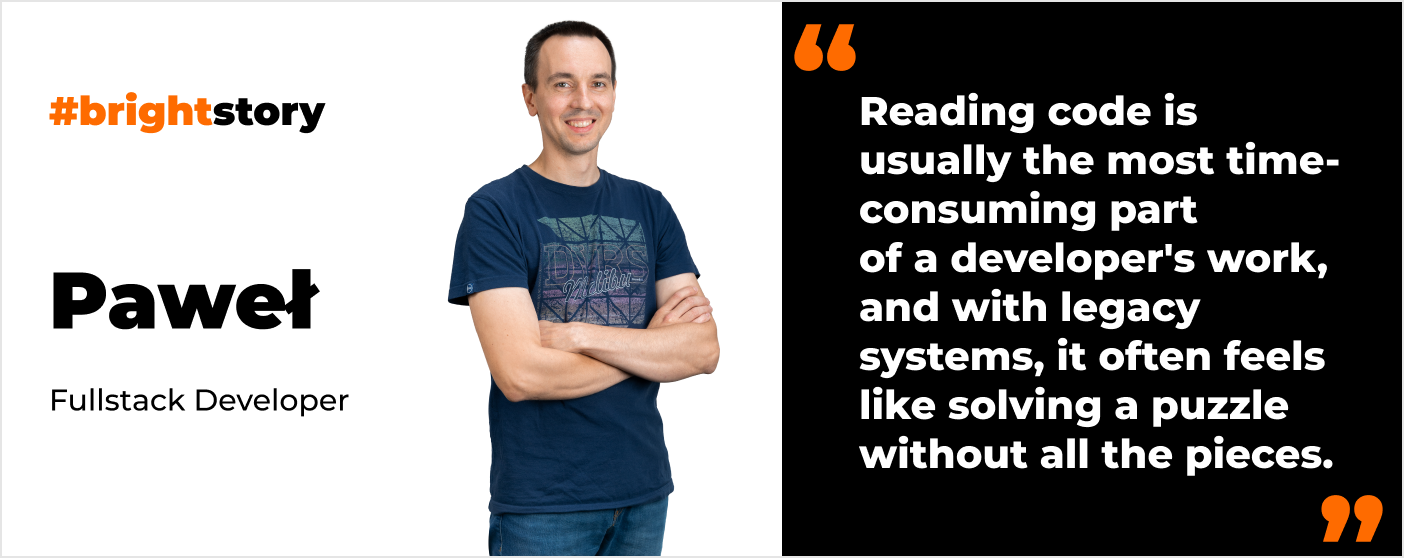
Is it discouraging for you to work with legacy systems?
Not at all – I actually enjoy the challenge. What’s most rewarding is knowing I’m adding real value to businesses, not just working on projects that will never see the light of day. It might sound cliché, but I like working on something that can make a difference.
I once worked for a company in the banking sector, but it didn’t give me the same sense of purpose I feel now, working with one of our clients whose mission is to reduce plastic waste. The mission behind a software product really matters to me.
One of your current challenges is implementing payments for a retail application. Can you tell us more about that?
It’s a major part of the app modernization. The app already had payments implemented which gave me an opportunity to work with third-party services like Braintree and Stripe. Yet now we’re expanding the number of payment providers and methods. We already support a variety of payment methods, including credit cards, PayPal, Google Pay, and SEPA – which is actually very popular in countries like Germany.
Our goal is to offer more payment methods tailored to the needs of each market. For example, in the Netherlands, iDEAL is widely used. The challenge lies in coordinating all these providers and adapting the payment flows to each market – especially considering specific factors, like SEPA only handling payments within Europe, which makes it unsuitable for certain regions.
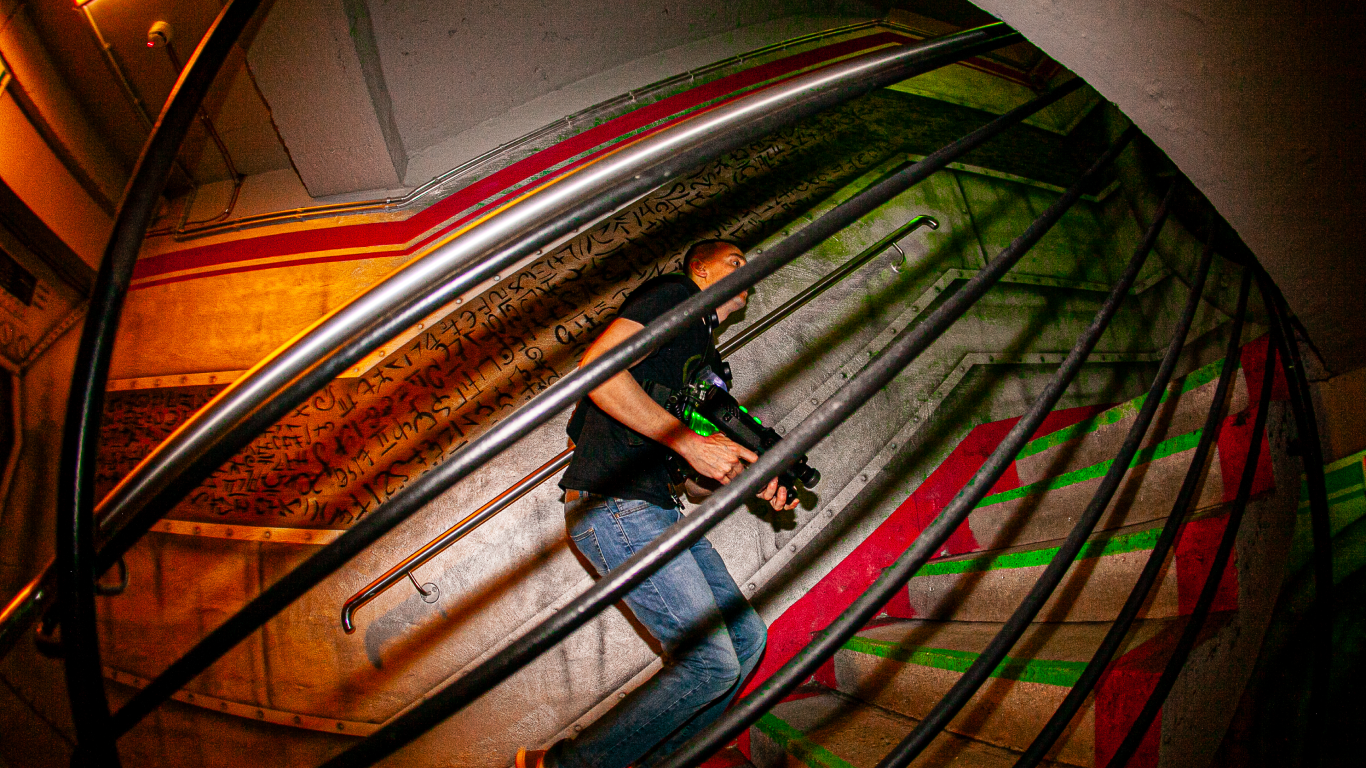
You recently worked on passkey login implementation, which is still a unique feature. How do you look back on the experience?
At the time, it wasn’t exactly brand new, but there were very few well-documented implementations available. We had to test a wide range of scenarios to make sure we covered all possible login flows.
Security is a tricky area – a mistake in the login process can lead to issues like mixed user sessions, which could irreversibly compromise user data. Overall, the biggest challenge was truly understanding how passkeys work, ensuring the solution was secure, and implementing it in a way that’s both reliable and user-friendly.
What keeps you motivated in your role at Bright Inventions?
The projects are interesting, and I really appreciate the work culture and the openness to feedback. It doesn’t feel like you’re just another anonymous employee – if you have a problem, there’s always someone you can talk to.
Is it true that you built a climbing wall at your own house?
Yes! Since my whole family – including my two daughters – climbs, we needed a place to practice. The wall is built into a long, narrow room, so we were able to squeeze it in, and it gives us the chance to use it every day.
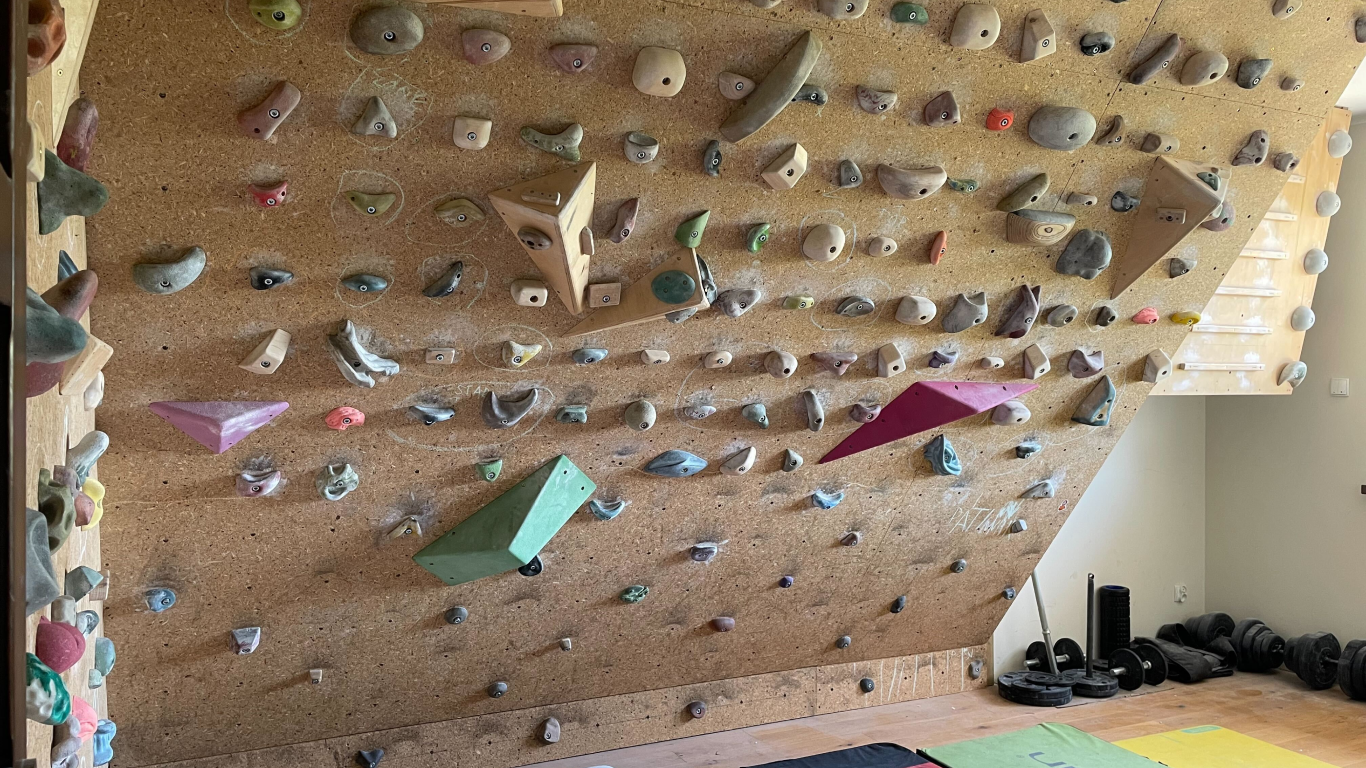
Why do you travel to the same climbing spot in France every year?
Because it’s simply the best in Europe! I really enjoy France – the wine, the baguettes, the Camembert cheese. We go bouldering just outside Paris, near one of Napoleon’s former residences.
The kids climb too, or at least give it a try – unless there are lots of friends around, then they just play. But usually, they’ll climb a bit and enjoy being in the forest with everyone. And actually, we don’t go just once a year – we go twice! 😄 Spring and autumn are the best times. Summer is too hot, and while you could climb in winter – and some people do – I’m not a fan of the cold. That said, we went this February and it was actually really great.
